Bcd Technology

Discover more detailed and exciting information on our website. Click the link below to start your adventure: Visit Best Website mr.cleine.com. Don't miss out!
Table of Contents
BCD Technology: A Deep Dive into Binary-Coded Decimal
Binary-Coded Decimal (BCD) is a digital encoding method used to represent decimal numbers (0–9) in binary format. Unlike pure binary representation, where each bit contributes to a power of 2, BCD uses four bits to represent each decimal digit. This seemingly simple difference has significant implications for digital systems, offering both advantages and disadvantages.
How BCD Works:
BCD encodes each decimal digit individually. Each digit (0 through 9) is represented by its 4-bit binary equivalent:
| Decimal Digit | Binary Equivalent (BCD) |
|---|---|
| 0 | 0000 |
| 1 | 0001 |
| 2 | 0010 |
| 3 | 0011 |
| 4 | 0100 |
| 5 | 0101 |
| 6 | 0110 |
| 7 | 0111 |
| 8 | 1000 |
| 9 | 1001 |
Numbers larger than 9 require multiple BCD groups. For example, the decimal number 25 would be represented as 0010 0101 (2 followed by 5).
Advantages of BCD:
- Easy Decimal Conversion: BCD's direct correspondence with decimal digits makes it incredibly straightforward to convert between decimal and BCD representations. This simplifies human-computer interaction and simplifies tasks like displaying numerical outputs directly in decimal format.
- Simplified Arithmetic: While pure binary arithmetic is faster for computers, BCD simplifies arithmetic operations when dealing with decimal numbers directly. This is particularly beneficial in applications requiring decimal precision, such as financial calculations or measurement systems.
- Reduced Rounding Errors: BCD avoids the rounding errors that can occur when converting between decimal and binary in pure binary systems, especially with fractional numbers. This accuracy is crucial in applications demanding high precision.
Disadvantages of BCD:
- Inefficient Storage: BCD requires more storage space than pure binary. A 4-bit BCD digit can only represent values up to 9, while a 4-bit binary number can represent values up to 15 (2<sup>4</sup> - 1). This inefficiency translates to increased memory usage and potentially slower processing in some cases.
- Slower Arithmetic (in some cases): While BCD simplifies certain decimal arithmetic operations, specialized hardware or software is usually needed to perform these calculations efficiently. This can be slower than pure binary arithmetic on processors optimized for it.
- Complex Logic Circuits: Implementing BCD arithmetic requires more complex logic circuits compared to pure binary arithmetic. This added complexity can increase hardware cost and design complexity.
Applications of BCD:
BCD finds its niche in applications where ease of decimal conversion and accuracy are paramount:
- Digital Displays: Many digital clocks, calculators, and other devices use BCD to represent numbers for display purposes. The direct conversion to decimal simplifies the process of displaying the information to the user.
- Financial Systems: Applications involving currency calculations often utilize BCD due to the need for high decimal precision and the avoidance of rounding errors.
- Measurement Systems: Scientific instruments and industrial control systems sometimes employ BCD to ensure accurate representation of measurements.
- Seven-Segment Displays: These common displays, widely used in digital clocks and calculators, are directly driven by BCD encoded numbers. Each BCD digit directly maps to a specific configuration of segments on the display.
BCD Variations:
There are variations of BCD, including packed BCD (two digits per byte) and unpacked BCD (one digit per byte). The choice depends on the specific application and memory constraints.
Conclusion:
BCD technology offers a practical approach to representing decimal numbers in digital systems. Its strengths lie in its ease of decimal conversion and its ability to minimize rounding errors. However, its inefficiencies in storage and potential performance limitations need careful consideration. The choice between BCD and pure binary representation is largely dependent on the specific demands of the application, balancing the need for accuracy and ease of use with storage and computational efficiency.

Thank you for visiting our website wich cover about Bcd Technology. We hope the information provided has been useful to you. Feel free to contact us if you have any questions or need further assistance. See you next time and dont miss to bookmark.
Featured Posts
-
Massachusetts Institute Of Technology Employment
Jan 03, 2025
-
Technology Globe
Jan 03, 2025
-
Drs Technologies Jobs
Jan 03, 2025
-
Illuminating Technologies
Jan 03, 2025
-
Information Technology High School
Jan 03, 2025
